- What Are Hose Floats?
- Key Benefits of Hose Float Solutions
- Industries That Depend on Hose Floats
- Installation and Maintenance Best Practices
- Custom Hose Float Solutions for Unique Applications
- Common Challenges and How Hose Floats Solve Them
- Comparing Hose Float Suppliers: What to Look For
- Conclusion
In large-scale operations such as dredging, marine construction, mining, and industrial fluid transfer, maintaining the position and stability of hoses is crucial for ensuring both safety and operational efficiency. A hose float plays a crucial role by providing buoyancy and support to keep pipelines afloat, properly aligned, and clearly visible across a variety of work environments.
Whether you’re using discharge hoses in dredging or transporting abrasive slurries in a mining project, commercial hose floats help prevent critical issues such as tangling, submersion, and abrasion damage. These floats also reduce wear on hoses and prevent downtime by keeping the system streamlined and above water.
Beyond operational benefits, floating hose support systems support environmental protection efforts. They keep hoses from dragging across delicate marine or riverbed ecosystems, minimizing disruption and helping projects remain compliant with environmental regulations.
In this article, we’ll explore what floating hose guide are, their main advantages, and how they’re used across different industries. You’ll also learn how to choose the right commercial floats for your needs, along with best practices for installation and maintenance, as well as what to look for in a reliable supplier that offers custom solutions.
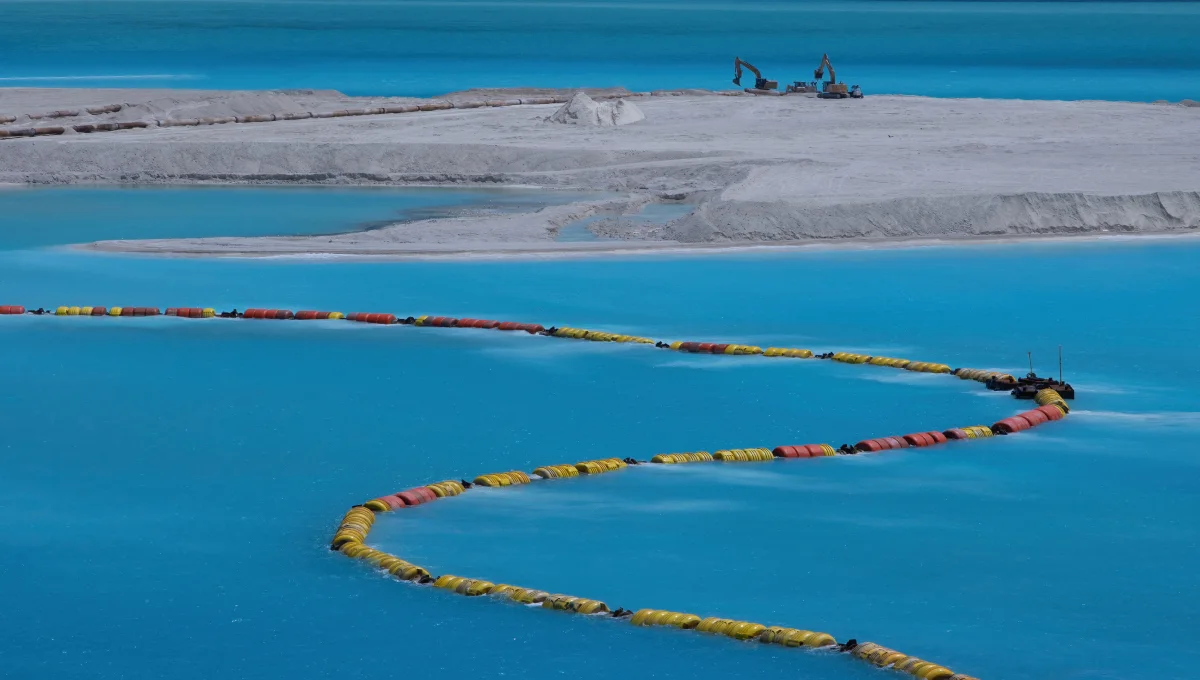
What Are Hose Floats?
A hose float is a specialized, buoyant device designed to keep hoses, pipelines, and cables afloat on the water’s surface in various industrial and marine environments. These floats play a vital role in preventing hoses from sinking, tangling, or dragging on the seabed—issues that can lead to costly downtime, damage, and operational inefficiencies. By maintaining proper elevation and alignment, floating hose support helps ensure the safe and efficient transport of water, slurry, and other fluids across dredging, mining, and construction sites.
Common Materials Used
The most common materials used in manufacturing commercial hose floats are:
- Polyethylene (PE): Lightweight, durable, and resistant to UV radiation and many chemicals, PE is a cost-effective choice for many applications.
- High-Density Polyethylene (HDPE): Known for its exceptional impact strength and long service life, HDPE is ideal for harsh environments with abrasive media or heavy-duty usage.
These materials offer excellent durability and low maintenance, making them ideal for long-term deployment in demanding environments.
Types and Designs
Commercial floats come in various designs depending on the hose type and intended use:
- Split Floats: Two-piece clamshell floats that bolt around the hose, providing secure and adjustable buoyancy.
- Clamp-On Floats: Quick-install models with integrated latching mechanisms that don’t require additional hardware.
- Cable Floats: Designed for suspending power cables, fiber optics, or control lines across water bodies.
These floats are compatible with a variety of hose types, including:
- Slurry hoses
- Suction/discharge hoses
- HDPE pipes
- Layflat hoses
By choosing the right commercial hose floats, you can improve system reliability, reduce wear and tear, and enhance safety across all water-based operations.
Key Benefits of Hose Float Solutions
Implementing the right floating hose guide solution can significantly enhance the safety, efficiency, and longevity of your fluid transport systems. From dredging to industrial wastewater management, these devices provide a critical advantage in managing hoses and pipelines in aquatic environments.
Improved Safety
In high-risk industrial and marine settings, submerged hoses can pose hazards such as tripping, snagging, and entanglement. A well-placed floating hose support eliminates these risks by keeping the hose clearly visible and suspended above the waterline. This promotes a safer workspace for both personnel and equipment, especially around moving vessels or heavy machinery.
Operational Efficiency
Maintaining hose alignment with commercial hose floats helps prevent the hose from sagging, twisting, or sinking. Proper flotation reduces flow resistance and mechanical strain, which in turn lowers energy consumption and minimizes maintenance needs. This leads to fewer breakdowns and uninterrupted operation, saving time and cost over the project lifespan.
Environmental Protection
Dragging hoses can damage sensitive marine ecosystems and disturb sediments. By keeping hoses afloat, commercial floats help reduce environmental impact and assist your operation in meeting regulatory compliance standards related to habitat preservation and pollution control.
Durability
Manufactured from UV-resistant and corrosion-proof materials, these floats are engineered to perform under intense sun exposure, in saltwater environments, and during extreme temperature changes. This makes commercial hose floats a dependable, long-term solution that withstands the rigors of outdoor use year after year.
Whether you’re working on a short-term job or managing a permanent installation, the advantages of floating hose support solutions are essential to project success.
Industries That Depend on Hose Floats
Floating hose guide solutions are vital in a wide range of industries where fluid transport occurs over or through bodies of water. These devices help maintain proper hose elevation, prevent damage, and improve operational efficiency in demanding environments.
Dredging and Marine Construction
In dredging operations, whether offshore, in harbors, or during beach nourishment, commercial hose floats ensure that discharge lines stay afloat and aligned with the booster pumps. This stability is essential for preventing kinking and maintaining continuous sediment transport, especially in rough waters.
Mining and Mineral Slurry Handling
Mining operations often transport abrasive slurry over long distances. Floating hose supports these heavy pipelines across tailings ponds and rivers, minimizing sagging and sediment accumulation that can obstruct flow or increase pump load.
Oil and Gas
Floating fuel and chemical transfer lines on offshore rigs require robust buoyancy to prevent them from sinking. A floating hose guide ensures that utility cables and hoses remain accessible for maintenance and safe from environmental wear.
Aquaculture and Agriculture
In aquaculture, commercial floats support feed lines and aeration systems. For agriculture, hose floats are used to keep irrigation lines stable in reservoirs and prevent them from becoming entangled with vegetation or terrain.
Municipal and Industrial Wastewater
Municipalities and industries use floating hoses for discharging effluent and transporting water. Proper flotation helps maintain flow, prevents blockages, and simplifies visual inspections in wastewater treatment systems.
Factors to Consider When Choosing Hose Floats
Selecting the right floating hose support for your project is essential to ensure safe, efficient, and long-lasting hose performance. The wrong float can lead to instability, damage, and higher operational costs. Here are five key factors to consider:
- Hose Diameter and Weight
Your selected float must match the external diameter and weight of the hose, especially when handling large volumes of water or dense slurry. Oversized or undersized floats can compromise balance and cause uneven buoyancy. - Type of Fluid/Material
Not all commercial hose floats are created equal. Corrosive chemicals or abrasive slurries require floats made of durable materials that resist degradation over time. - Environmental Conditions
Working in environments with strong currents, UV exposure, or extreme temperatures? Choose commercial floats designed for those specific operating conditions to ensure reliable performance. - Load-Bearing Capacity
Each floating hose guide must provide adequate buoyancy even when the hose is fully loaded. Inadequate support can lead to partial submersion, increased abrasion, and misalignment. - UV Resistance and Chemical Compatibility
Floats exposed to the elements should be UV-resistant and chemically inert. This prevents premature wear, cracking, or structural failure, especially in outdoor or saltwater applications.
Taking these factors into account will help you choose the most reliable and efficient float system for your operation.
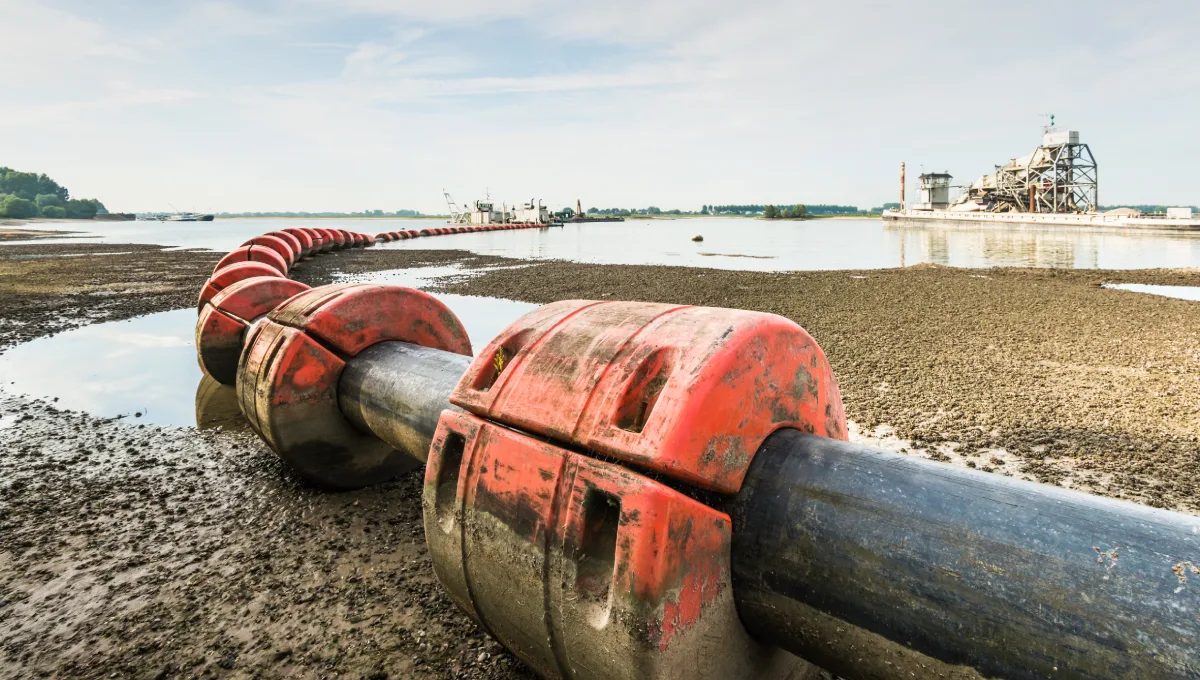
Installation and Maintenance Best Practices
To get the most out of your hose float system, proper installation and ongoing maintenance are essential. A well-maintained float setup ensures optimal buoyancy, extends the lifespan of your equipment, and helps maintain safe operations in demanding environments.
Proper Alignment and Spacing
Floats should be evenly spaced along the length of the hose to maintain balance and straight alignment. Poor spacing can cause the hose to sag, twist, or experience unnecessary stress, increasing the risk of failure.
Secure Clamping or Bolting
Use corrosion-resistant clamps or stainless steel bolts to attach commercial hose floats securely. Be cautious not to overtighten, as excessive force can crack the float or damage the hose beneath.
Routine Inspection Tips
Regular visual checks help catch issues before they escalate. Inspect for:
- Cracks or splits in the float housing
- Signs of UV degradation or brittleness
- Leaks or trapped moisture inside the float
- Loose mounting hardware or shifting floats
Seasonal Storage
For seasonal operations, remove and clean the floating hose support system before storing it in a dry, shaded location. Avoid stacking commercial floats under heavy objects to prevent warping or damage to the structure.
Consistent care ensures your float system stays reliable and ready for any project.
Custom Hose Float Solutions for Unique Applications
Not all projects are alike, which is why hose float systems can be customized to meet specific operational demands. Whether you’re working with oversized pipelines or require enhanced visibility on-site, tailored solutions ensure optimal performance and safety.
Custom Molds and Sizing
Some pipelines feature non-standard diameters or shapes that typical floats can’t accommodate. In these cases, manufacturers can produce custom molds to ensure a snug, secure fit. Additionally, custom buoyancy ratings can be developed to match the hose’s weight and media load, ensuring consistent floatation.
Branding and Color-Coding
Companies often choose to brand or color-code their commercial hose floats for easy identification, inventory management, and safety. This is particularly beneficial on large or multi-contractor job sites. Brightly colored commercial floats also enhance visibility for vessel operators and personnel, reducing the risk of accidents.
With the right customized floating hose support, your system becomes safer, more efficient, and uniquely suited to your project.
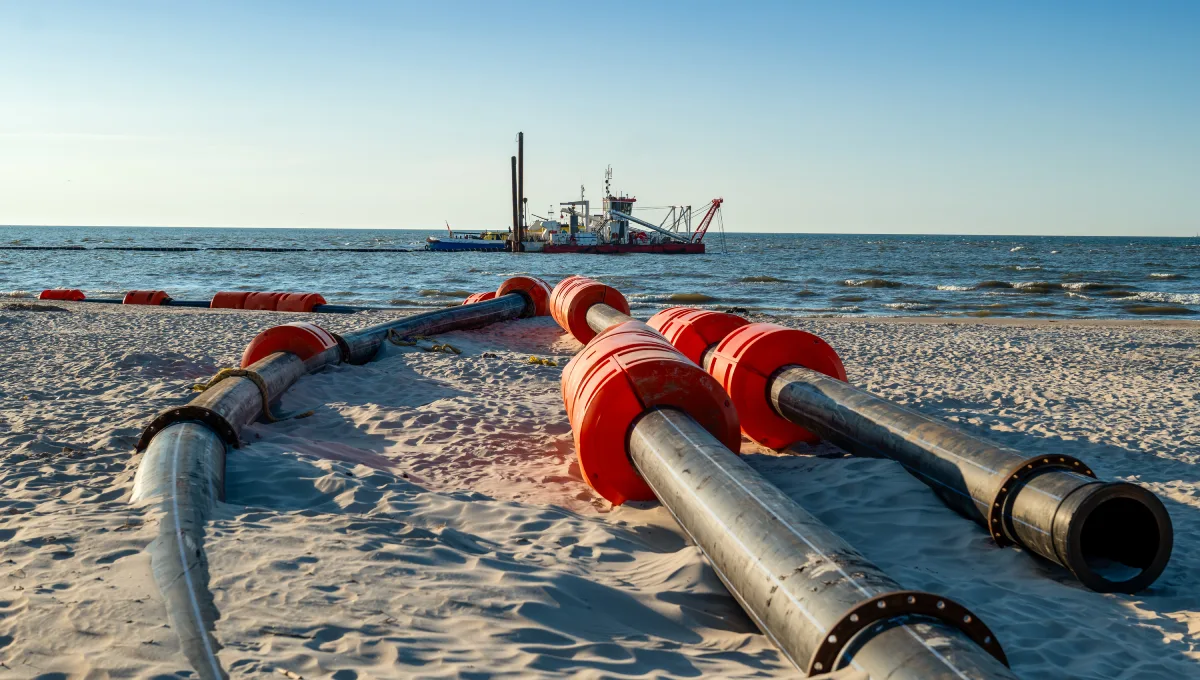
Common Challenges and How Hose Floats Solve Them
In harsh working environments, several issues can compromise the integrity and performance of hoses. A properly designed floating hose support system effectively addresses these challenges.
Sinking or Submerged Lines
Pipelines carrying heavy media, such as sand slurry or sediment-rich water, are prone to sinking. Appropriately rated hose floats maintain buoyancy, preventing line submersion and ensuring smooth fluid transfer.
Hose Kinking or Ruptures
When left unsupported, hoses can flex, twist, or kink, which can lead to ruptures or restricted flow. Commercial hose floats maintain alignment and reduce strain, preserving hose integrity and system efficiency.
Abrasion from Terrain
Dragging hoses across rocky or uneven surfaces leads to premature wear. Commercial floats lift hoses above these hazards, extending service life and minimizing maintenance.
Regulatory Compliance
Many projects must meet strict OSHA, MSHA, or environmental safety standards. A floating hose support system helps maintain compliance by preventing spills, tripping hazards, and environmental disturbance, supporting safer and cleaner operations.
Comparing Hose Float Suppliers: What to Look For
Selecting a reliable hose float supplier is just as crucial as choosing the right equipment. The right partner ensures quality, performance, and long-term value.
Material Quality and Warranty
Prioritize suppliers who use high-grade materials, such as rotationally molded high-density polyethylene (HDPE). These commercial hose floats offer proven resistance to impact, UV exposure, and environmental degradation. A solid product warranty also reflects supplier confidence in durability.
Engineering Support and Customization
Top-tier vendors provide more than just standard products. Look for those offering CAD design support, custom buoyancy solutions, and tailored fittings for non-standard hose diameters or specialized project needs.
Availability and Lead Time
Project timelines are tight, and delays can be expensive. A good supplier should maintain a stock of popular commercial floats and offer fast, dependable delivery options.
After-Sales Service
Responsive technical support is essential, especially when troubleshooting or scaling up operations. A supplier who stands behind their product adds extra peace of mind and operational reliability.
Conclusion
From dredging and mining to wastewater management and offshore construction, floating hose support systems play a critical role in maintaining stability, safety, and operational efficiency. By keeping hoses properly elevated and aligned, these floats help prevent submersion, reduce wear and tear, and ensure safe working conditions in challenging environments.
Beyond immediate safety benefits, commercial hose floats also deliver long-term cost savings. By minimizing hose damage, reducing energy consumption, and reducing maintenance needs, they significantly extend the service life of your fluid transport systems. Their contribution to environmental compliance and operational uptime makes them an indispensable asset for any project involving floating pipelines or cables.
Whether you need standard floatation support or customized designs for unique hose diameters and media types, choosing the right commercial floats can make all the difference. Investing in quality equipment today prevents costly issues tomorrow.
Ready to stabilize your next project with confidence? Get in touch with our team to explore tailored hose float solutions designed for your industry, environment, and budget. Our experts are here to help you maximize performance, safety, and value across every stage of your operation.


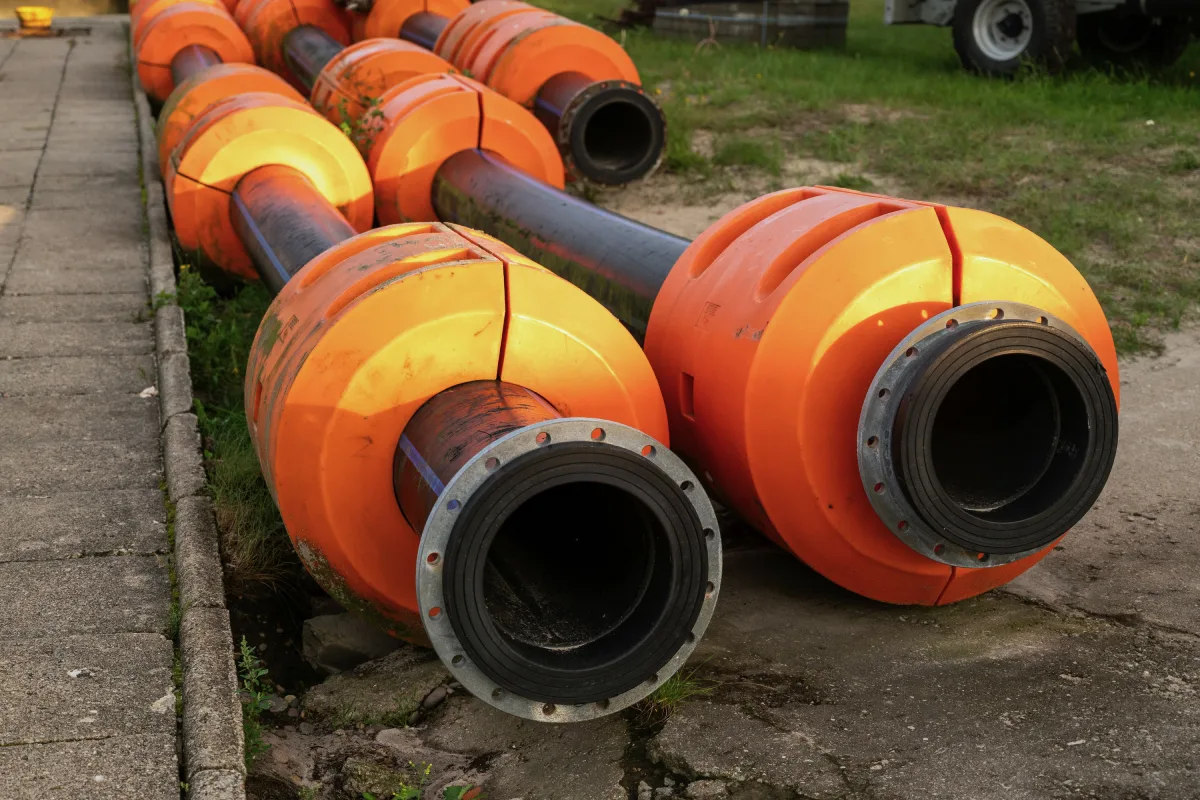
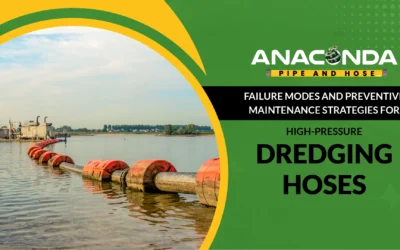
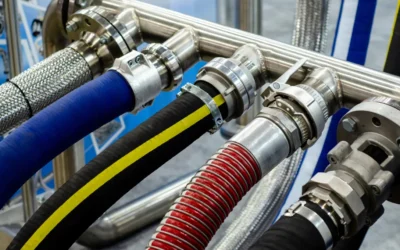
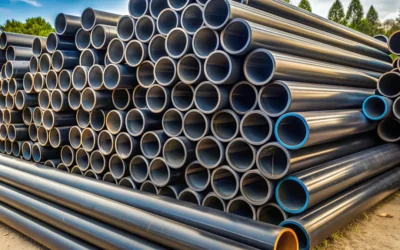
0 Comments